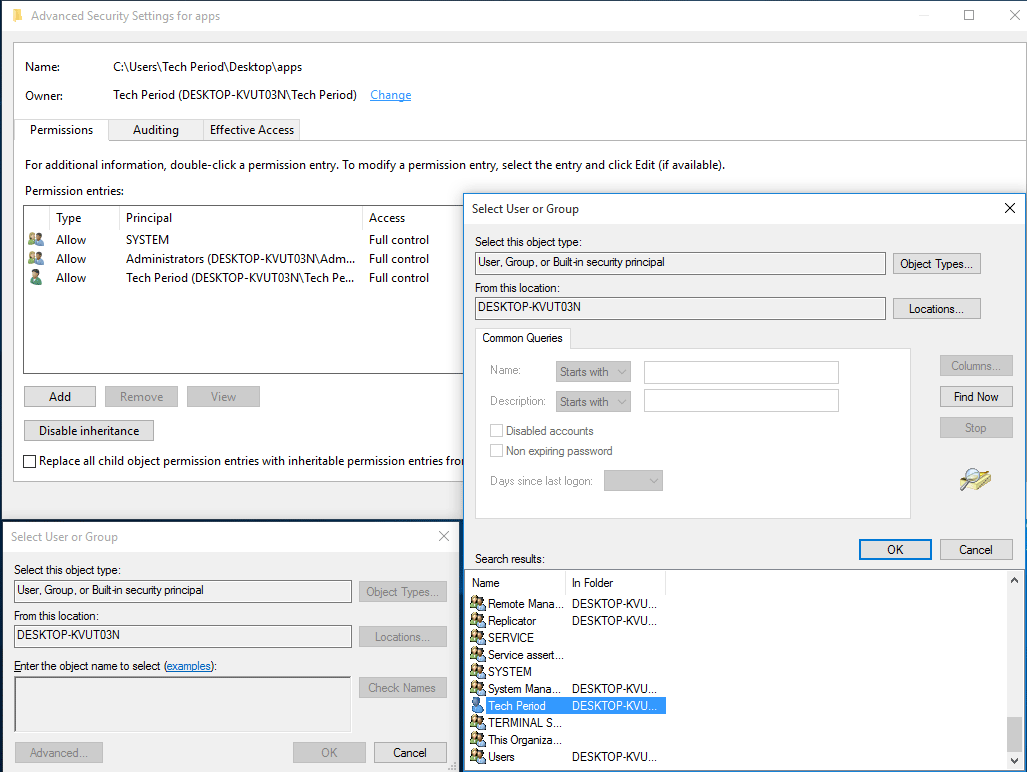
Note: The template editor does not set the permissions itself, it only builts a inf file which can be imported by secedit. "OpenVPNService",2,"D:AR(A CCDCLCSWRPWPDTLOCRSDRCWDWO SY)(A CCDCLCSWRPWPDTLOCRSDRCWDWO BA)(A CCLCSWLOCRRC IU)(A RPWPDTRC BU)S:(AU FA CCDCLCSWRPWPDTLOCRSDRCWDWO WD)" This should contains something like that: Save the template and open the inf file, in my case the file C:\Users\loadm\Documents\Security\Templates\OpenVPN Service Permissions.inf. Name it “OpenVPN Service Permissions” Define a nameĪnd permissions Define service permissions Locate the service Locate the openvpn service in list Add Security Template SnapInĬreate a new Template Add Security Template SnapIn Open a management console mmc.exe and add the snapin “Security Templates”. There is an easy way to get an valid sddl string :-). RC IU)(A CCLCSWLOCRRC SU)S:(AU FA CCDCLCSWRPWPDTLOCRSDRCWDWO WD) See MSDN.ĭ:(A CCLCSWRPWPDTLOCRRC SY)(A CCDCLCSWRPWPDTLOCRSDRCWDWO BA)(A CCLCSWLOCR Editing the sddl is difficult but possible. The sdshow option prints out the current persmissions. With sc.exe you have to edit or set the acls in sddl format.
#PERMISSIONS RESET APP FOR WINDOWS 7 WINDOWS#
sc.exe is on board since Windows Vista, subinacl is part of the resource kit for Windows Server 2003 and is only available in a 32Bit version but already works for Windows Vista/7/8/8.1. The permissions can also granted at command line with sc.exe (Service Controller) or the subinacl.exe (Command line ACL editor).

Openvpn permissions for Buitin Users Group For example the start/stop/restart rights for the BuiltIn Users Group. You can grant the various permissions to every User or Group. Press the permissions button and open the advanced settings.

Right click, choose properties from the menu and select the service tab. Then start the process explorer as administrator and locate the openvpn service process openvpnserv.exe. If you already have a valid openvpn configuration start the service: It provides a graphical user interface but has the dependency that the service must be in the running state before process explorer is started. The easiest way is to use the sysinternals Process Explorer. But its the same procedure for all other services.


 0 kommentar(er)
0 kommentar(er)
